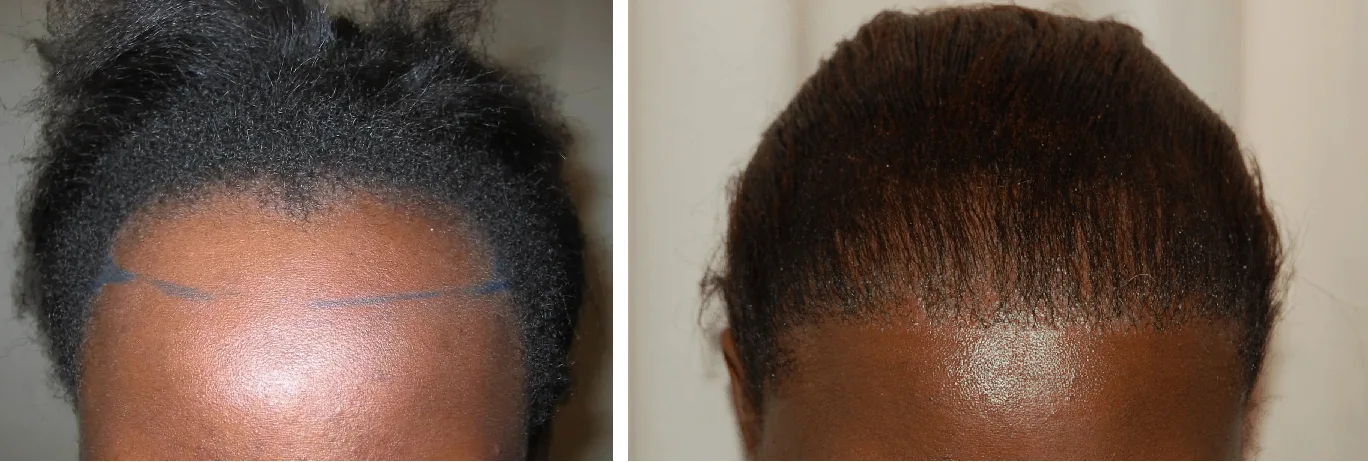Creating a new smile is an intriguing, fascinating and challenging journey, changing a patient’s smile forever. I just think about how many times I have heard patients being unhappy with their smiles, hiding smiles every time a photo has been taken. Furthermore, they unconsciously hide their teeth, being uncomfortable with smiling.
I believe a perfect healthy smile can change your appearance forever.
Sometimes all it takes to create a beautiful smile, is a bit of whitening. Sometimes small fillings or braces may be needed. I firmly believe in doing as little treatment as possible, as long as you get the result you want. Remember, less is more. Keep the treatment as simple as you can, while achieving the goal you want. Sometimes we can manage with 1 veneer and sometimes we need 10 veneers. Every patient is different and has to be looked at individually every single time.
Often we choose the option of veneers. Veneers can change the color, shape and position of each tooth.
A veneer is basically a thin layer of porcelain we glue in permanently on the front of the teeth, similar to a contact lens or a fake nail.
The shape, color and position of the smile is planned carefully before treatment and decided with a teamwork between the dentist, the ceramist and the patient. We use models, photographs and radiographs to meticulously plan the treatment and the smile. This is the interesting and sometimes challenging part. Every veneer is handcrafted and personalized individually each time. It is so important we don’t make generic smiles. We can not just make the same shape and color veneers for every patient. Trying to naturally enhance features the patient already has, often gives the best results. In that way you keep the personality and character of that particular smile. Keeping the uniqueness of the smile in a perfected way.
What patients often don’t realize is that the treatment planning and designing is actually more important than the actual treatment. We always try creating the smile on models in wax first. Then we transfer the ‘trial smile’, so we are sure we can achieve what the patients and I want.
Finding the right color is very much up to the patient. I always try to guide patients for a more natural looking color in a nice white shade. It is important to understand that a natural tooth is not just ‘one’ color but it is built up with many different shades, transparent areas. Even blue, orange or maybe yellow shades are needed to avoid the veneer looking too white and artificial. Even the whitest veneer should never just be white.
Information that I usually share with my patients on their initial consultation..
- The procedure takes around 1-2 weeks.
- At no point will you be “without teeth”. Temporary teeth are placed while our ceramist is creating every veneer individually.
- There will be no pain, as local anesthetic is used when needed.
- Veneers usually last around 10 years, but maintenance and prevention are key for a natural tooth but not less so for a tooth with a veneer.
- Regular check-up and cleaning is needed to prevent gum disease and decay.
- Sometimes a night guard is recommended to protect the veneers.




